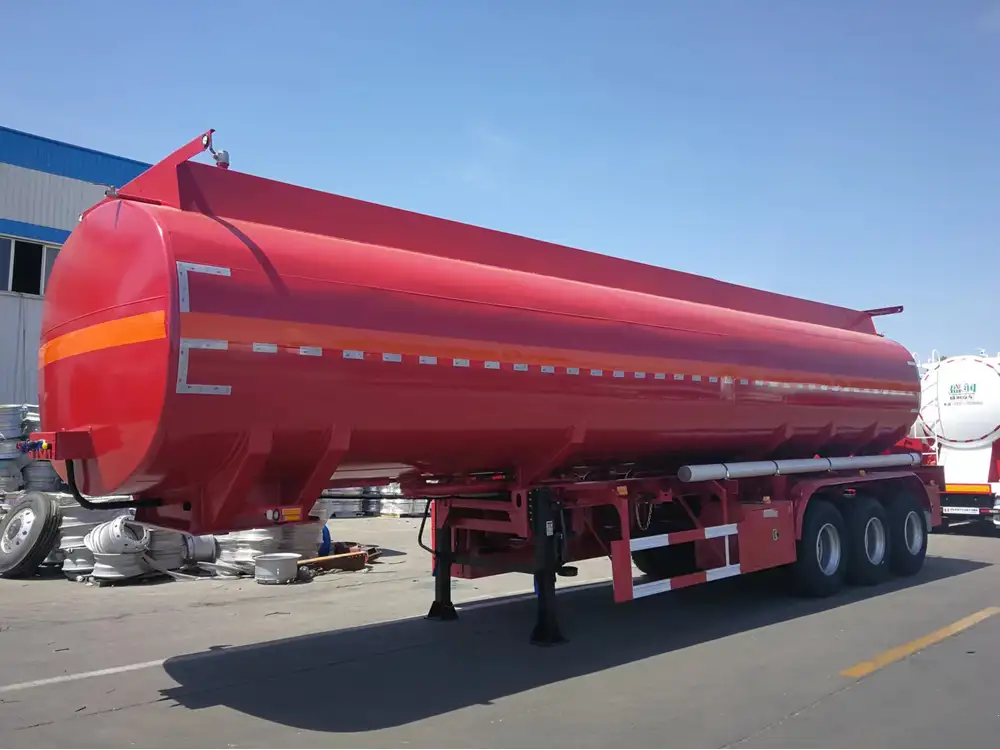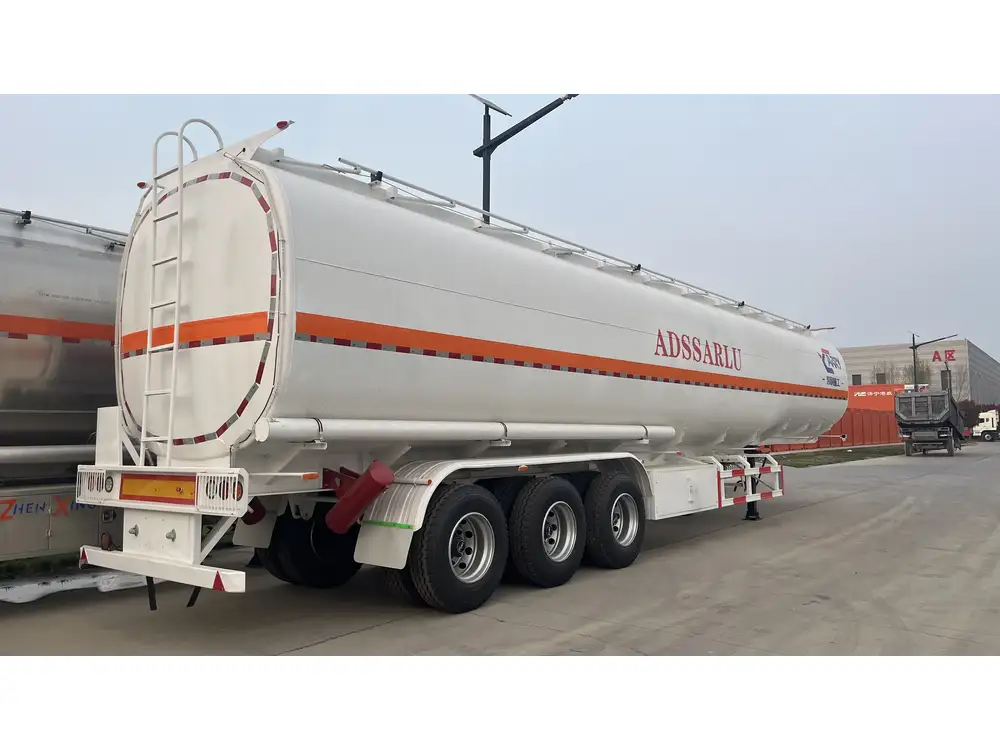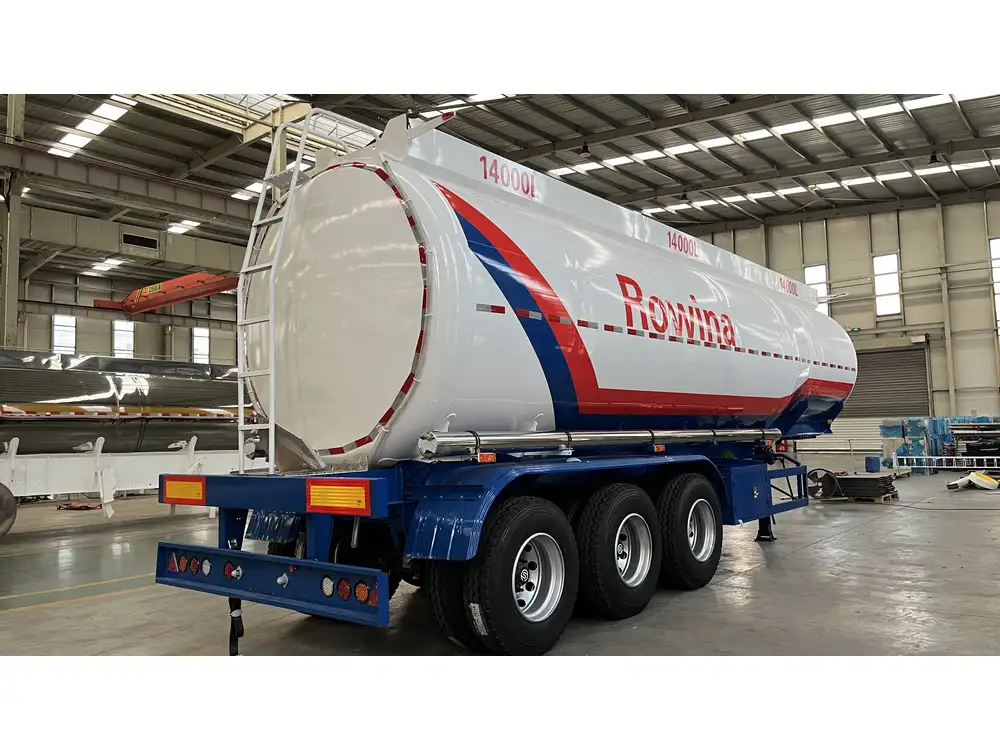As Uganda continues to evolve in its economic landscape, the demand for oil tanker fuel is on the rise. With new infrastructure projects, an expanding transportation sector, and increased demand for energy, it is critical to understand the various facets of oil tanker fuel for sale in Uganda. In this article, we will dissect the market dynamics, explore the available options, and guide you through selecting the right semi-trailer to meet your needs, ensuring you are fully equipped to make informed decisions.
Understanding the Oil Economy in Uganda
Uganda’s oil sector has seen significant growth in recent years. The discovery of substantial oil reserves in the Albertine Graben region has brought attention to the nation, positioning it as a burgeoning player in the global oil industry. As interest escalates, so does the necessity for efficient transport solutions, particularly in the form of robust oil tankers.
Current Trends in Oil Transportation
- Infrastructure Development: Major upgrades to road networks, pipelines, and fueling stations are essential for optimizing oil distribution.
- Regulatory Changes: Stricter environmental regulations are influencing the type of tankers used, pushing manufacturers to innovate and comply with compliance standards.
- Market Demand: Increasing demand for fuel, driven by rising population and economic activities, necessitates a flexible and strategic approach to tanker acquisitions.

Choosing the Right Oil Tanker
When navigating the intricacies of oil tanker fuel for sale in Uganda, selecting an appropriate tanker is paramount. Not all oil tankers are created equal; hence, one must consider various elements when making a purchase.
Key Factors to Consider
Capacity: Oil tankers come in diverse sizes and capacities. Assess your operational demands carefully. Smaller tankers may suffice for local transport, whereas larger capacities are more suited for bulk transportation.
Material and Build Quality: Durability is key. Look for tankers constructed with high-grade materials capable of withstanding the rigors of transportation, particularly in Uganda’s diverse terrains.
Compliance with Regulations: Ensure the chosen tanker meets local and international regulatory standards, particularly for safety and environmental impact.
Fuel Type Compatibility: Different tankers are suitable for specific fuel types. Confirm the compatibility of the tanker with the range of fuels you plan to transport.
Maintenance Requirements: Select a tanker with manageable maintenance needs. Understand the frequency and types of maintenance required to keep the tanker in optimal condition.
Recommended Options from CarMax Trailer
CarMax Trailer presents a selection of high-quality oil tankers designed for the Ugandan market that combines innovative design with robust performance.
| Model | Capacity (Liters) | Build Material | Compliance | Suggested Use |
|---|---|---|---|---|
| CarMax Standard | 30,000 | Steel | Local & International | Bulk Transport |
| CarMax Compact | 15,000 | Aluminum | Local Only | Local Deliveries |
| CarMax Heavy-Duty | 45,000 | Steel/Aluminum | International | Long Haul |

Financing Your Oil Tanker Purchase
Financing options play a critical role in acquiring an oil tanker. Various financial models can be explored based on your budget constraints and operational needs. Here are a few common financing avenues:
- Direct Purchase: If capital is available, outright purchasing is often the most straightforward option.
- Financing Through a Bank: Many banks offer loans specifically tailored for hauling equipment, which can be beneficial for businesses without immediate capital.
- Lease Options: Leasing might be attractive for companies looking to maintain cash flow while gaining access to new tankers.
- Partnerships and Investor Funding: Partnering with investors can ease the financial burden, especially in the initial stages of scaling operations.
Cost Considerations
Look at the total cost of ownership, including:
- Purchase Price
- Fuel Efficiency
- Maintenance Costs
- Insurance
A detailed cost analysis can often illuminate the most financially viable purchase options.
Operational Best Practices
Once you acquire your oil tanker, maintaining it and managing operations effectively is pivotal for longevity and productivity. Here are some best practices to consider:

Regular Maintenance Checks
Establish a stringent maintenance schedule to ensure your oil tanker remains in peak condition:
| Maintenance Task | Frequency |
|---|---|
| Oil and Filter Changes | Every 3,000 km |
| Brake Inspections | Monthly |
| Tire Checks | Weekly |
| Structural Integrity Tests | Biannually |
Safety Protocols
Ensure that all drivers and staff are trained in safety protocols for handling oil. Regular drills can bolster preparedness against potential spills or accidents.
Efficient Routing
Utilize technology for efficient routing; minimizing unnecessary distance can save fuel and time significantly. Applications that provide real-time traffic updates and optimal routes can enhance operational efficiency.

Conclusion
The market for oil tanker fuel for sale in Uganda is rife with opportunities but requires informed decision-making. By understanding market dynamics, making educated choices regarding tanker selection, and applying best business practices, you can position your organization for success in this growing sector.
If you are ready to make a purchase, consider reaching out to CarMax Trailer to explore the right tanker model that fits your requirements.
FAQs
1. What is the typical lifespan of an oil tanker? The lifespan of an oil tanker can range from 15 to 25 years, depending on maintenance and operating conditions.
2. Are there any special licensing requirements to operate an oil tanker in Uganda? Yes, operators must comply with specific licensing and certification requirements, including safety training and environmental compliance.
3. How do I ensure the safety of transported fuel? Implementing stringent safety protocols, regular maintenance checks, and staff training can significantly mitigate risks.
4. What should I do if my tanker experiences a spill? Immediately follow emergency response procedures, which may include sealing the leak and notifying environmental authorities. Regular training can prepare your team for such situations.













Reviews
There are no reviews yet.